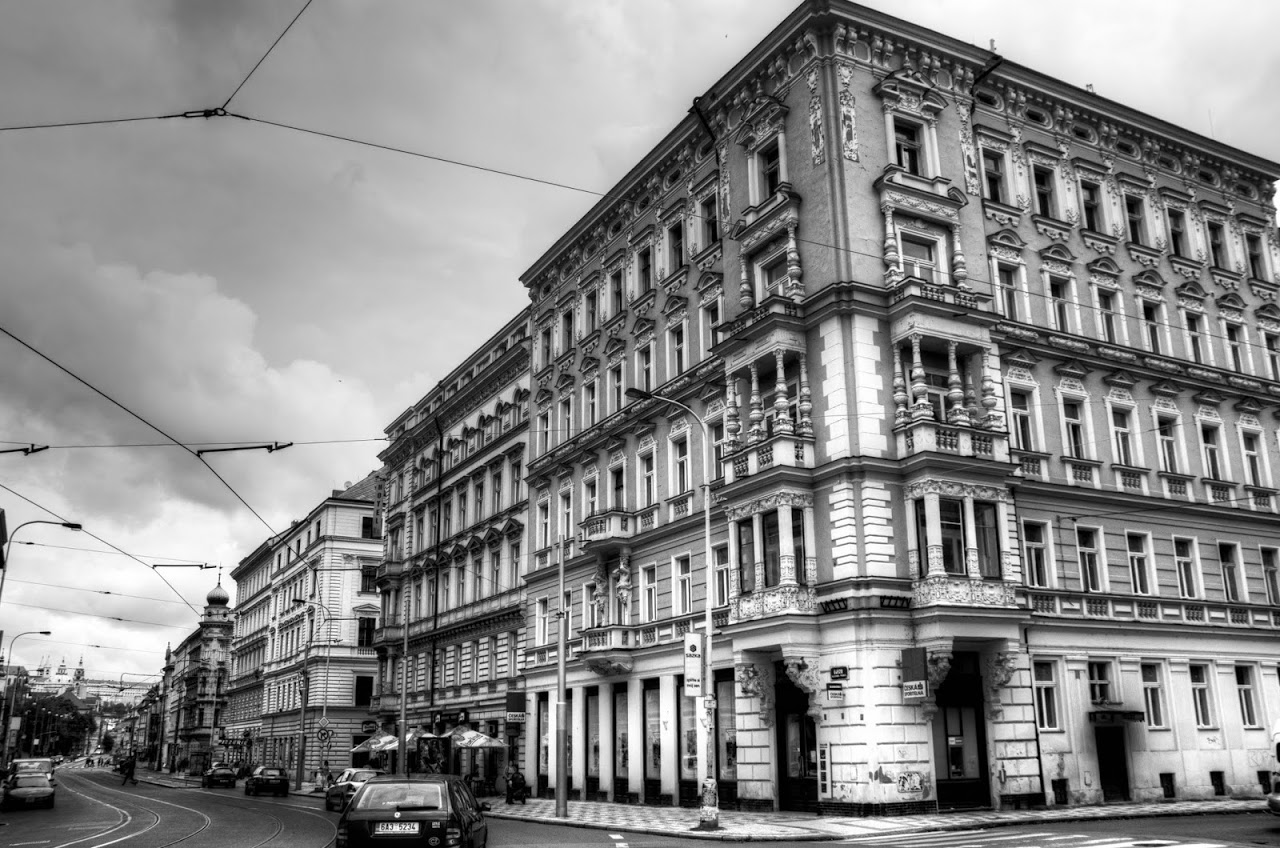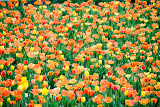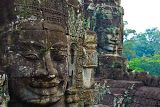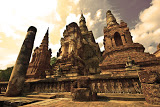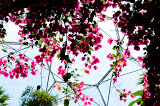Street in Prague
We don't often do black and white photography largely because I love color. I love the juxtaposition of bright against light, sky against tree, and strong against weak. One of my all time favorite photo spreads on our site is this one with the children and balloons , done in black and white, with pops of color, because the color almost springs out of the computer. And, our penchant for bright and vivid colors is the reason that we're constantly posting about flowers , trees , gardens, and flower festivals .
But, one of the biggest benefits of black and white photography is its timelessness . If you look at an old photo in color, you can easily determine the decade in which it was taken by the type of color and the use of the lens. But, the pictures we took recently in Prague in black and white could have been taken a decade ago or longer. In monochrome, our eyes aren't distracted by the newness or oldness of the camera technology or other camera distortions. (It's only a small part of the reason why Ansel Adams' gorgeous scenery photographs looks like it was taken yesterday.)
When I started going through our photography for Prague, I realized that I had to do a photo spread in black and white because Prague has this same sense of timelessness. Buildings and cobblestone streets are perfectly preserved, down to the ruts used for horse-drawn carriage in the Stare Mestro (Old Town). A little further away, the city becomes stark and square, with odd monuments built to celebrate Communism and the Communist regime. There are very few buildings (other than the famous Tancici Dum or Dancing Building) that embrace modern steel and glass. The city seems to have stood still, with parts of it squarely stuck in the 14th century and others in the pre-Cold War era.
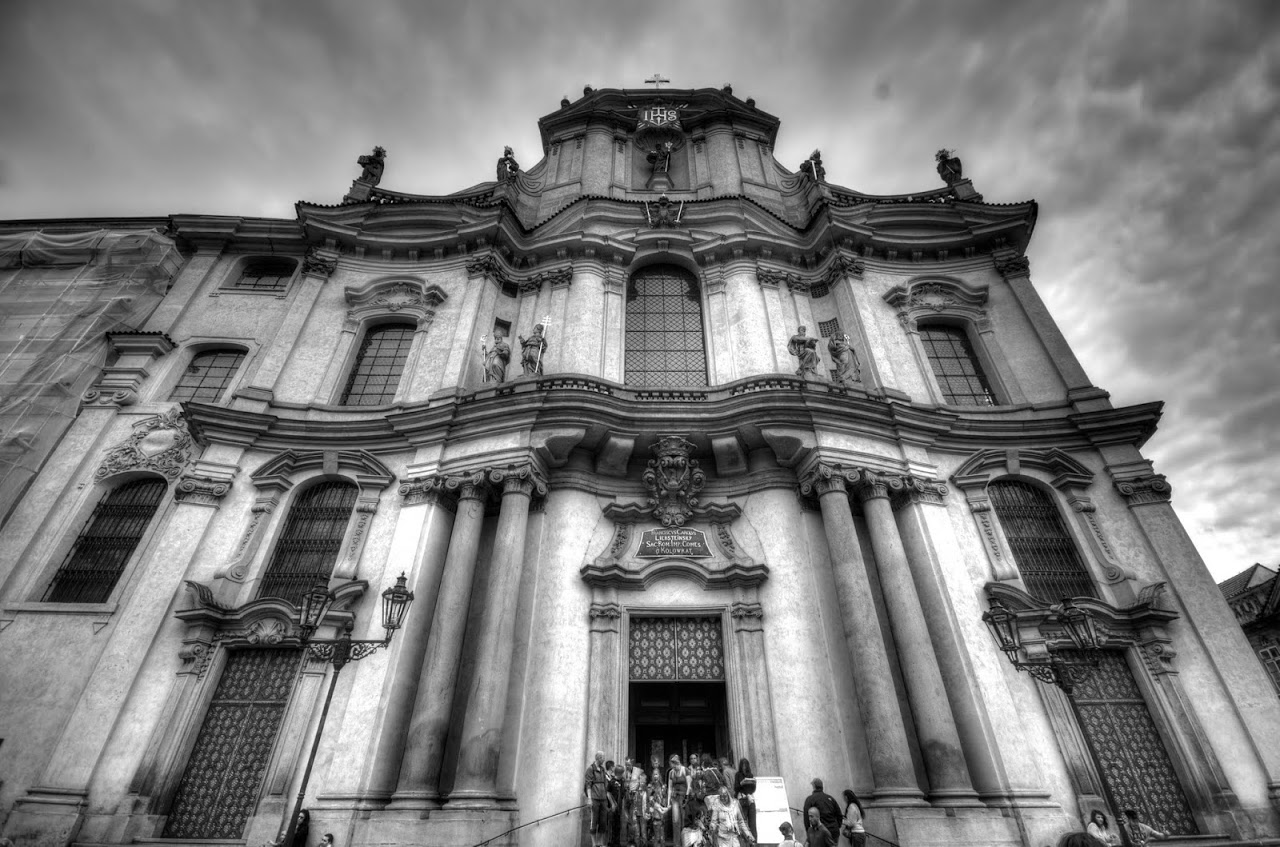
|
|
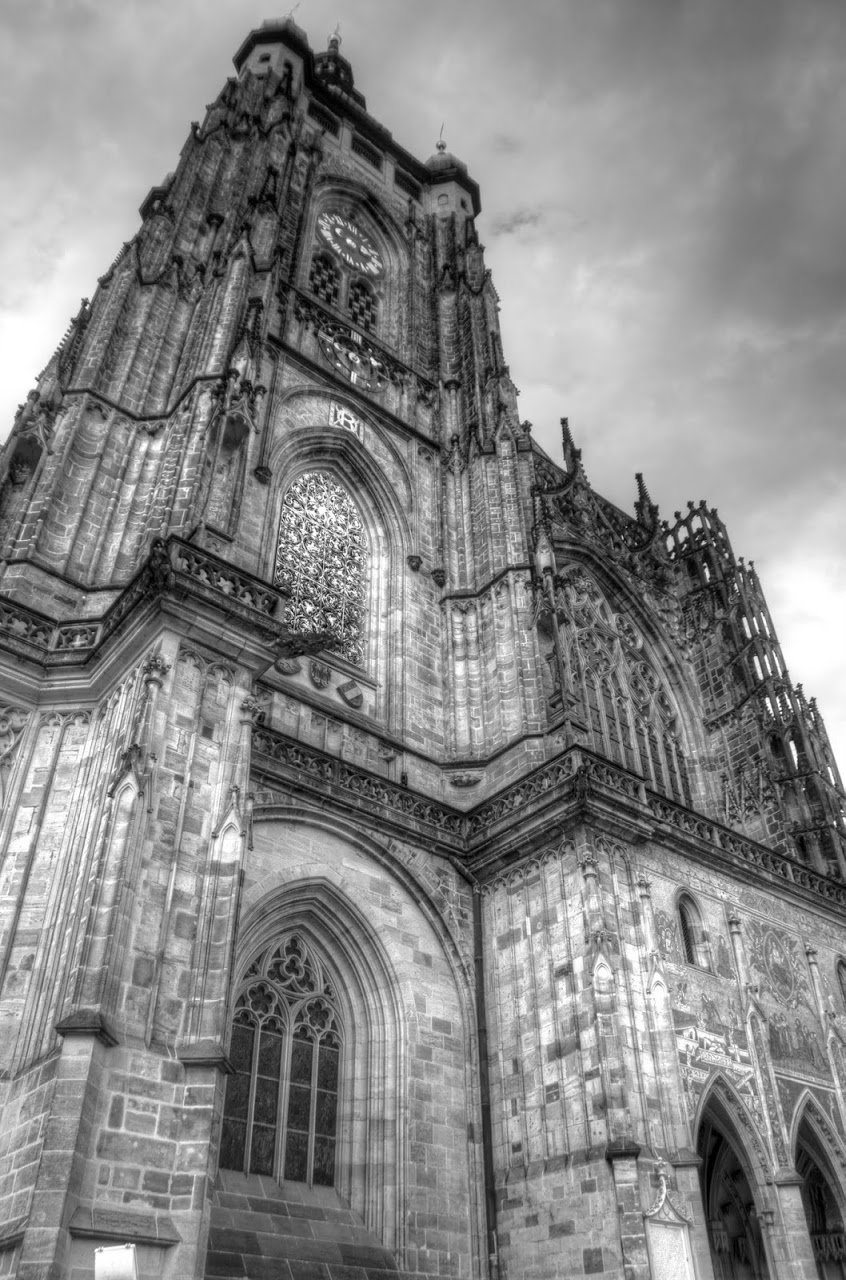
|
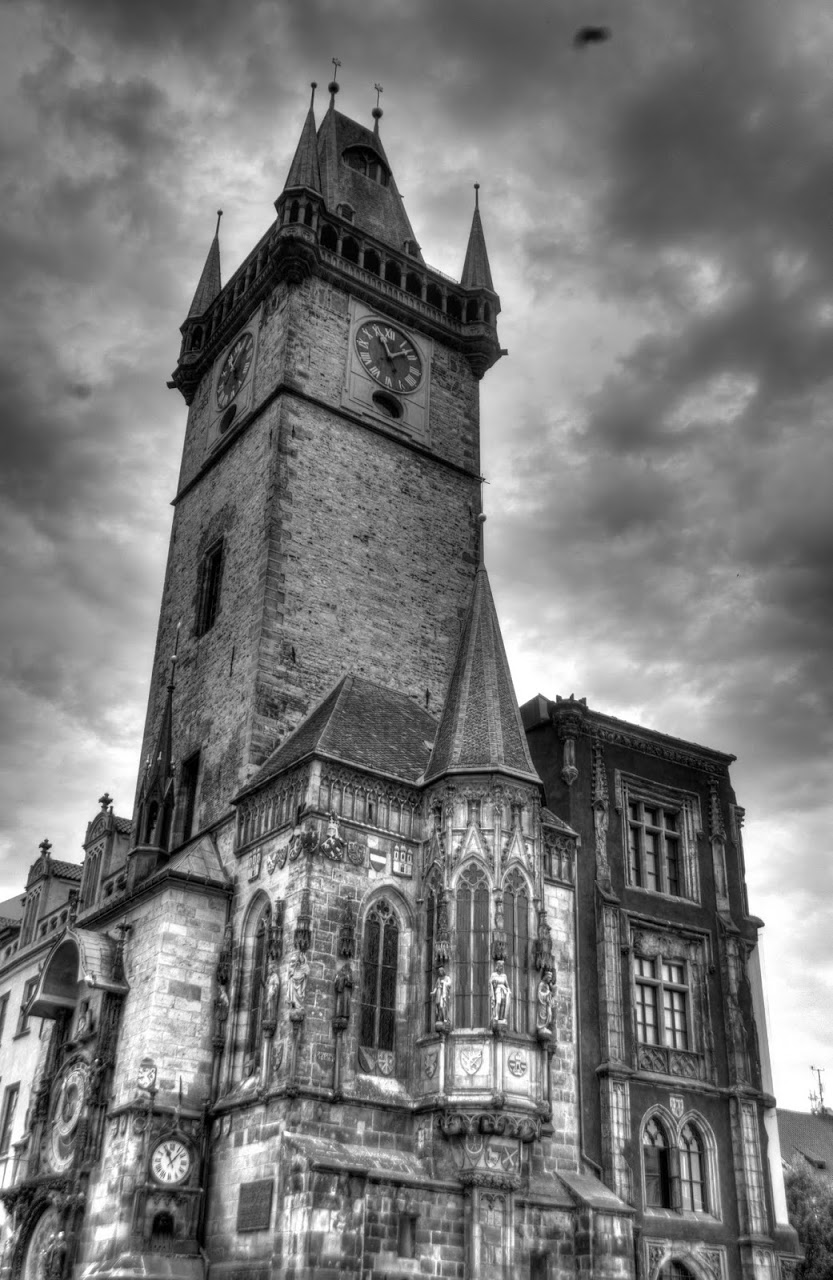
|
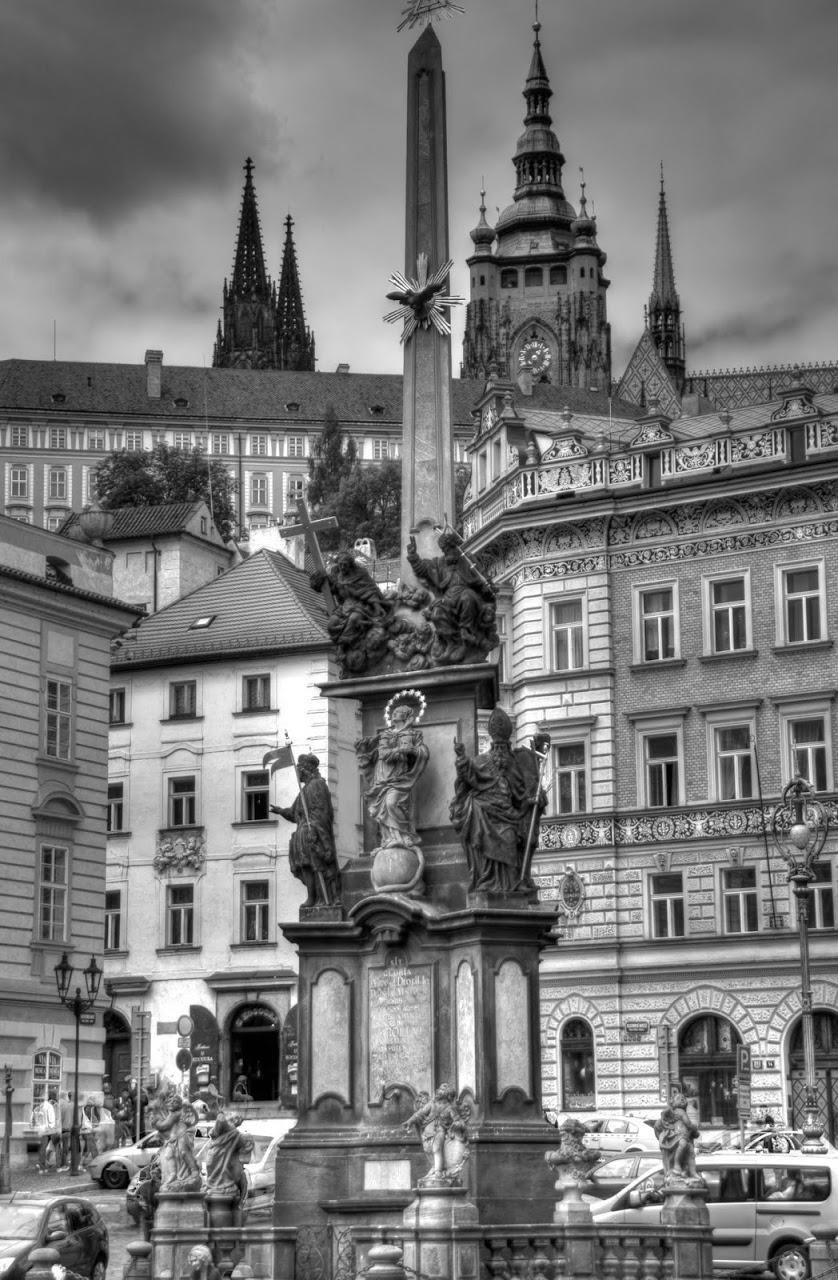
|
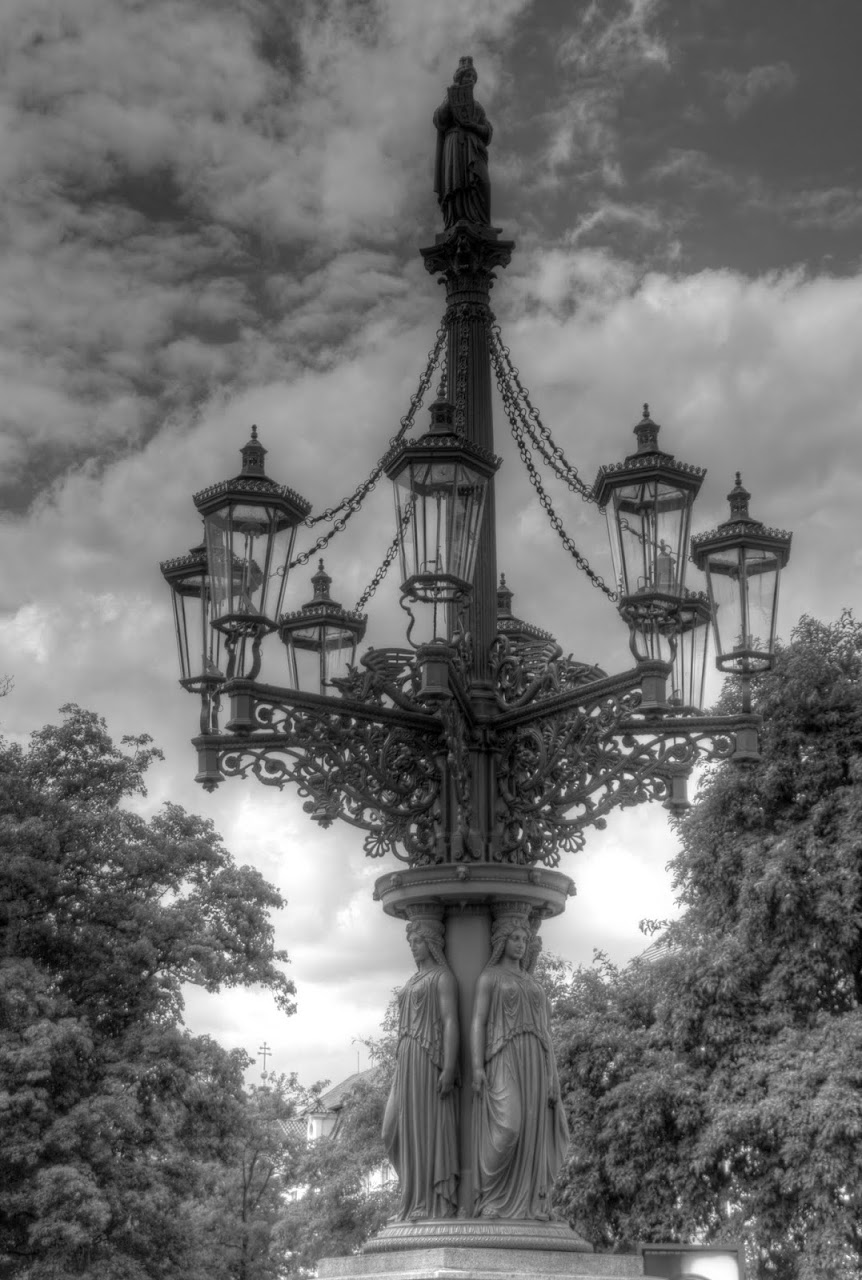
|
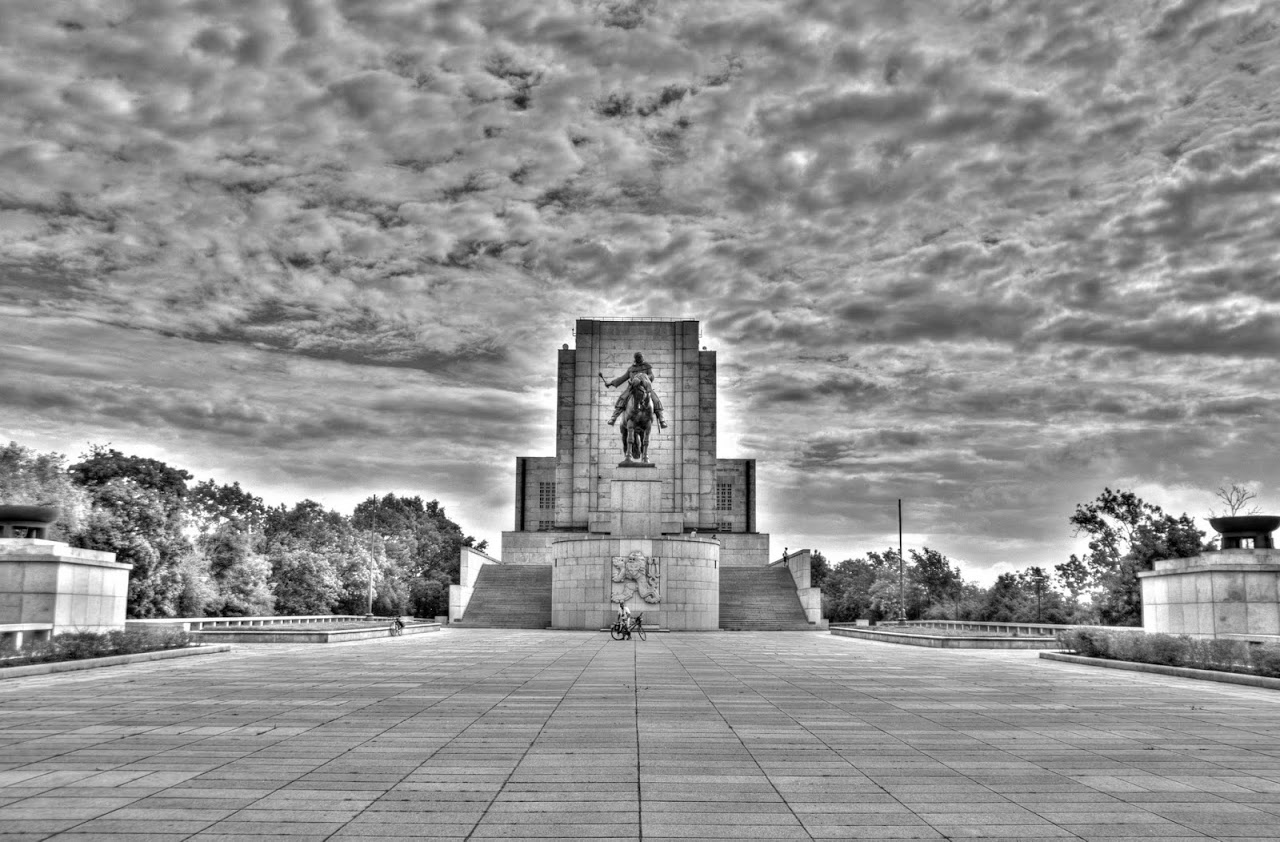
|
|
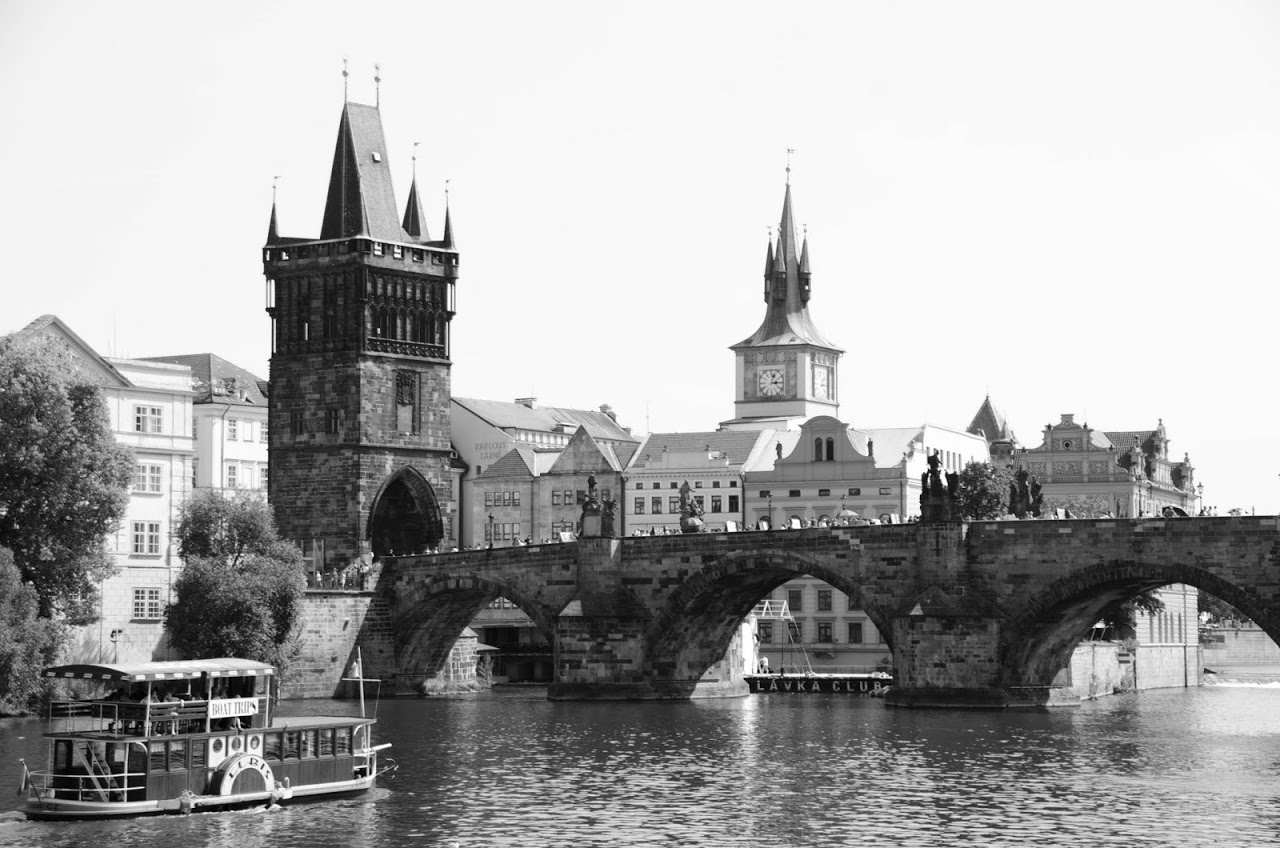
|
|

|
|
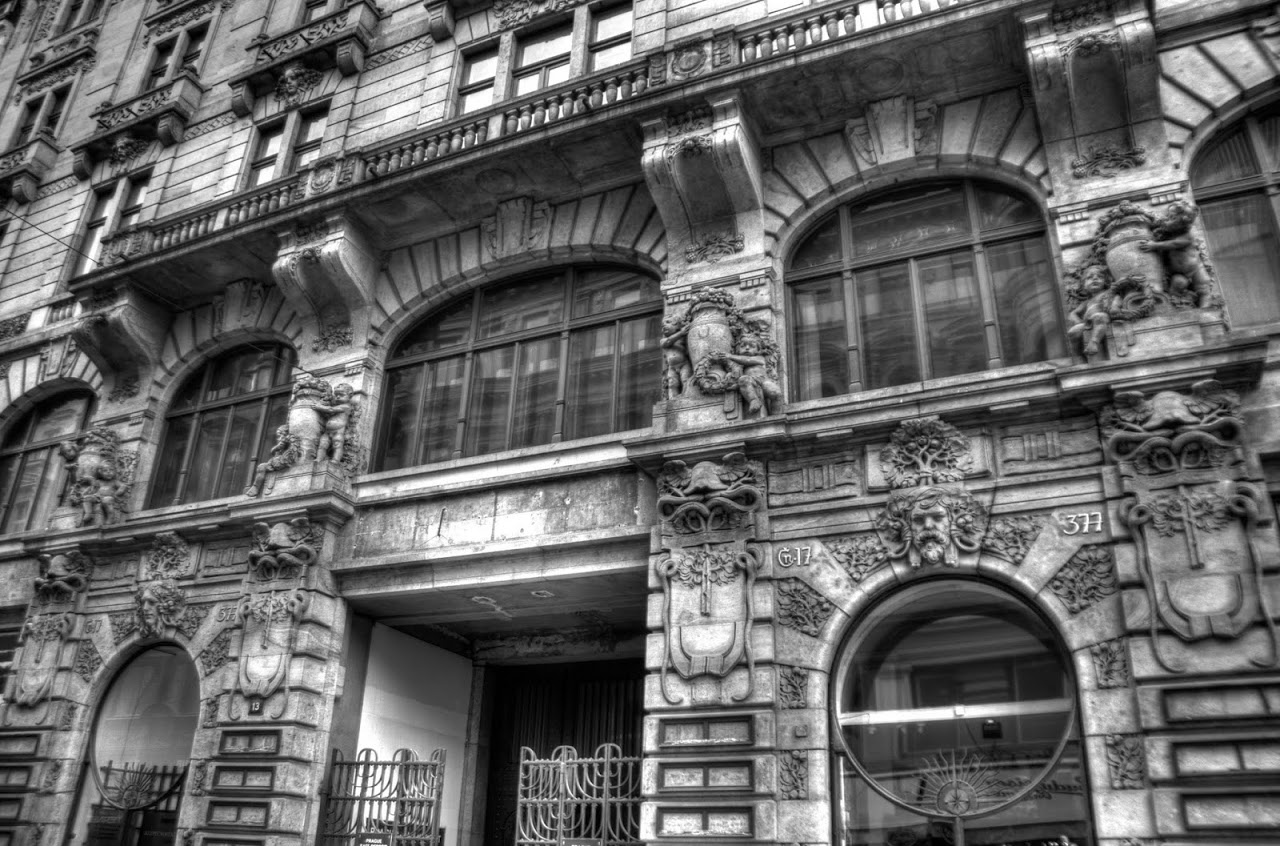
|
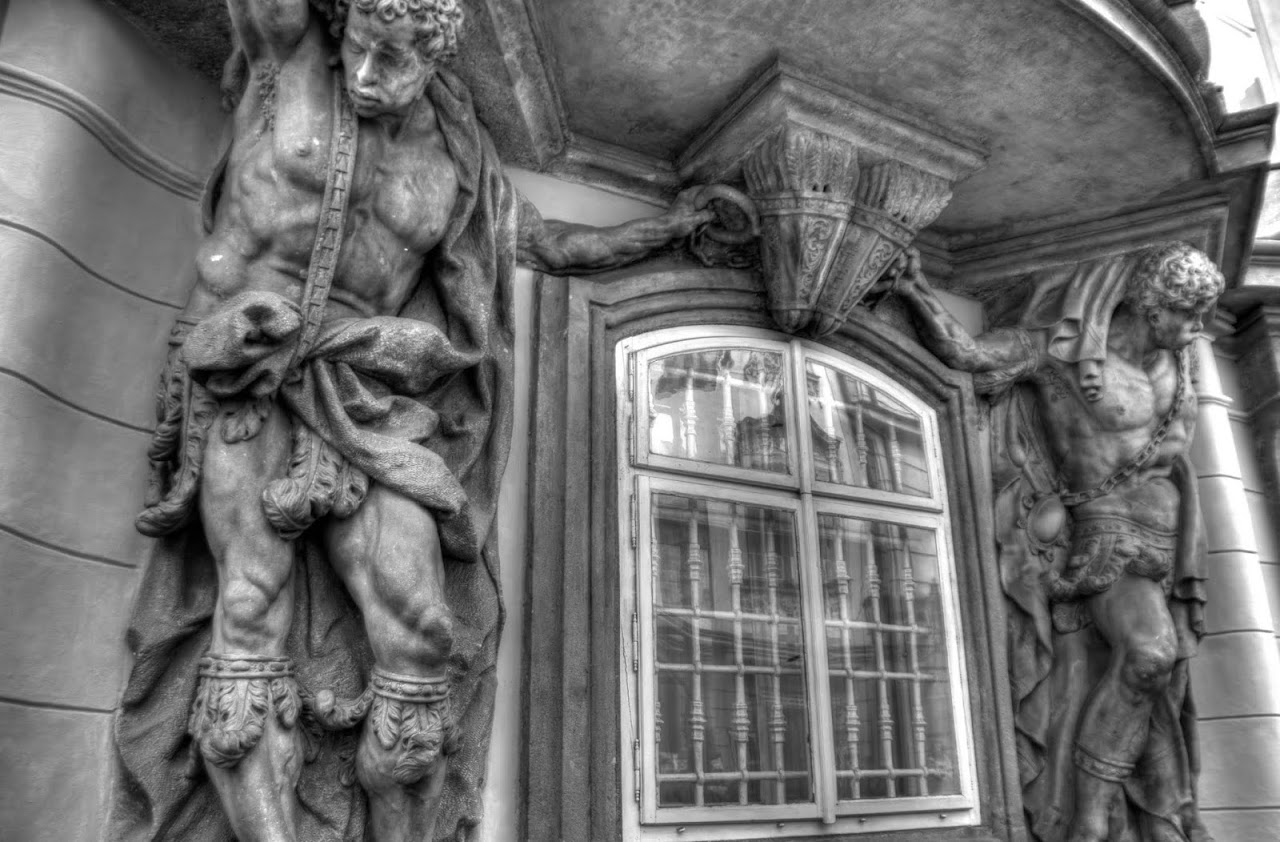
|
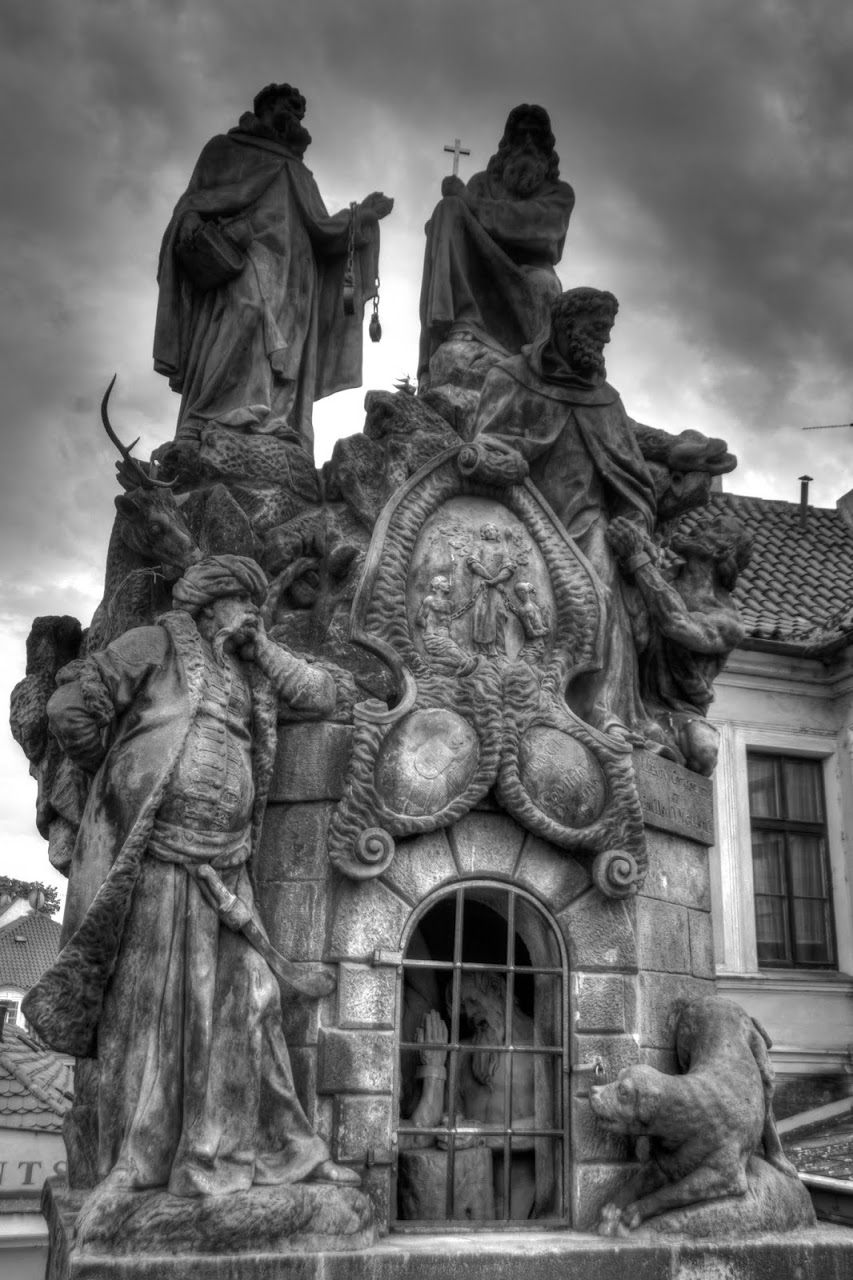
|
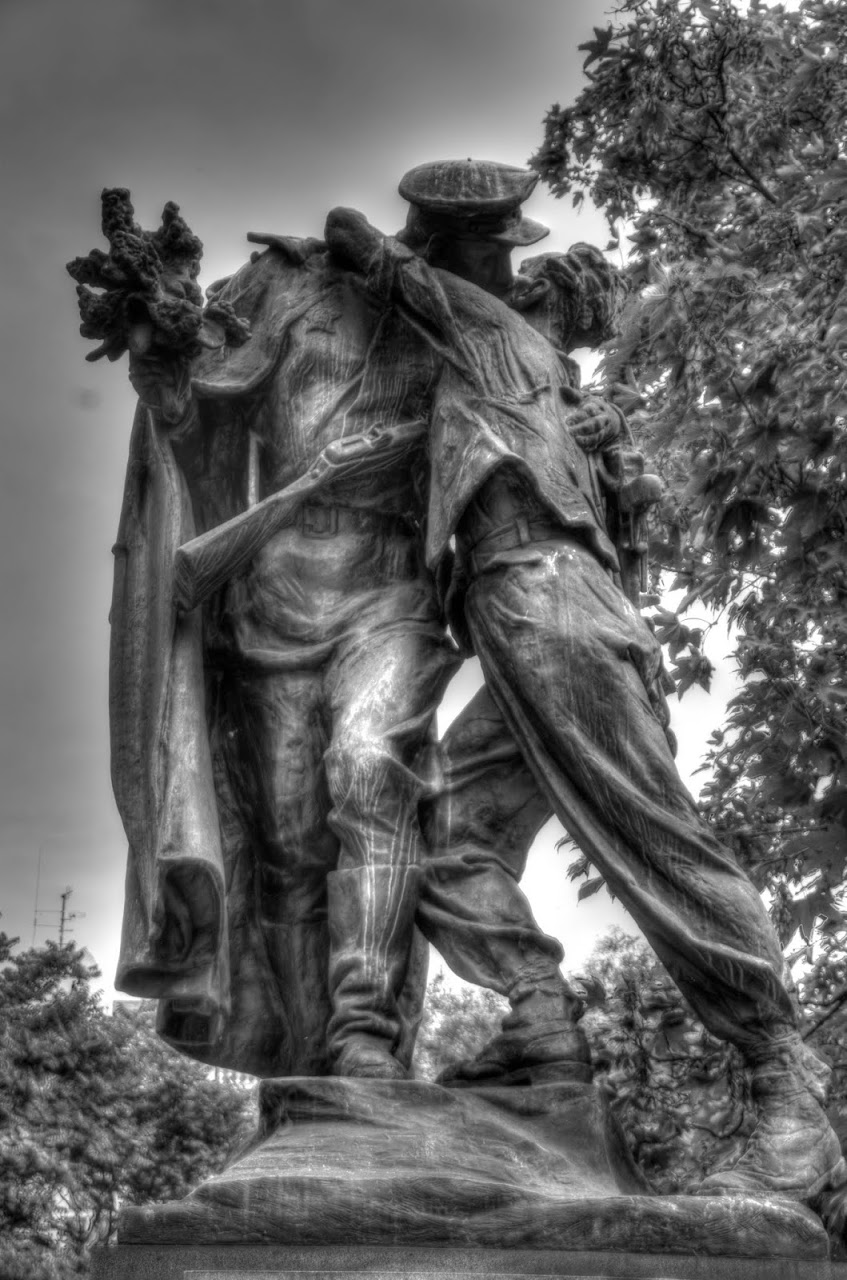
|
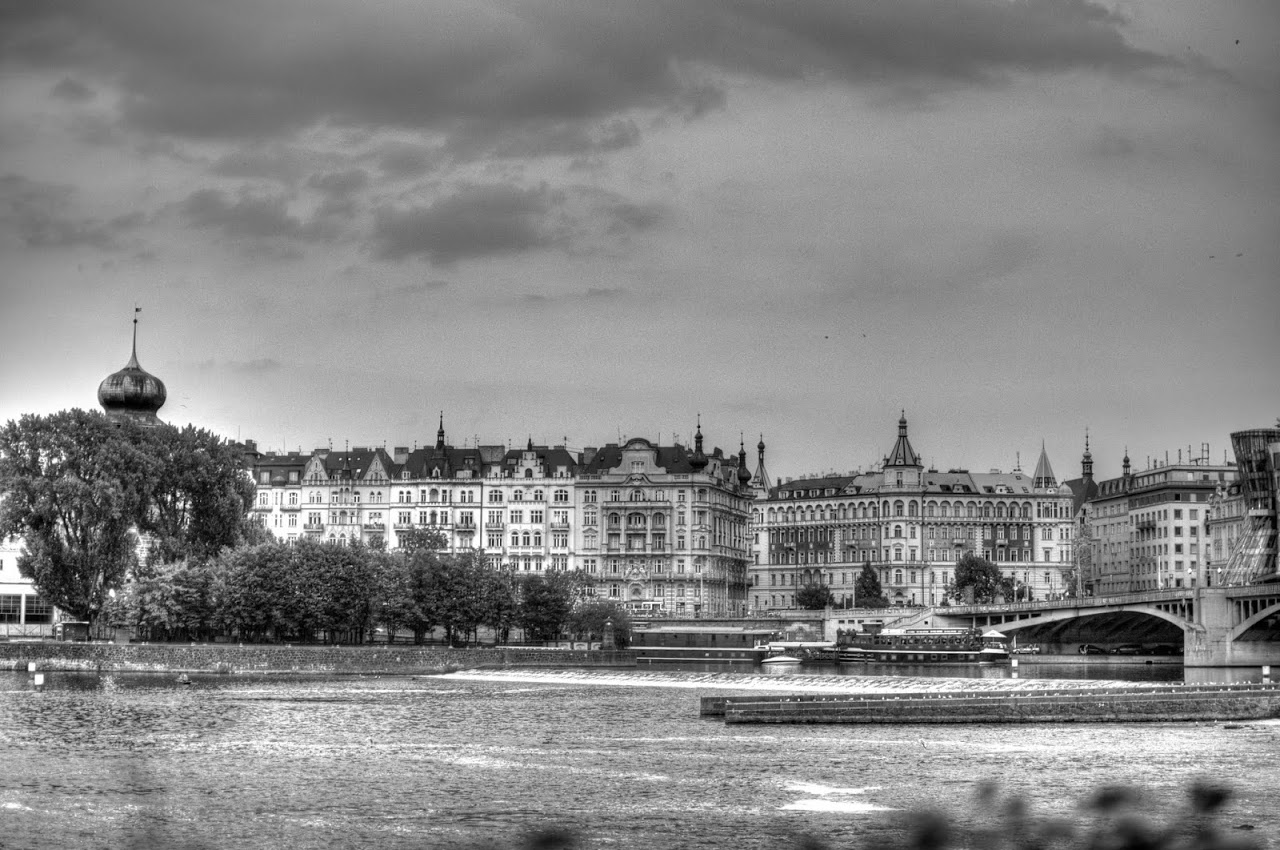
|
|
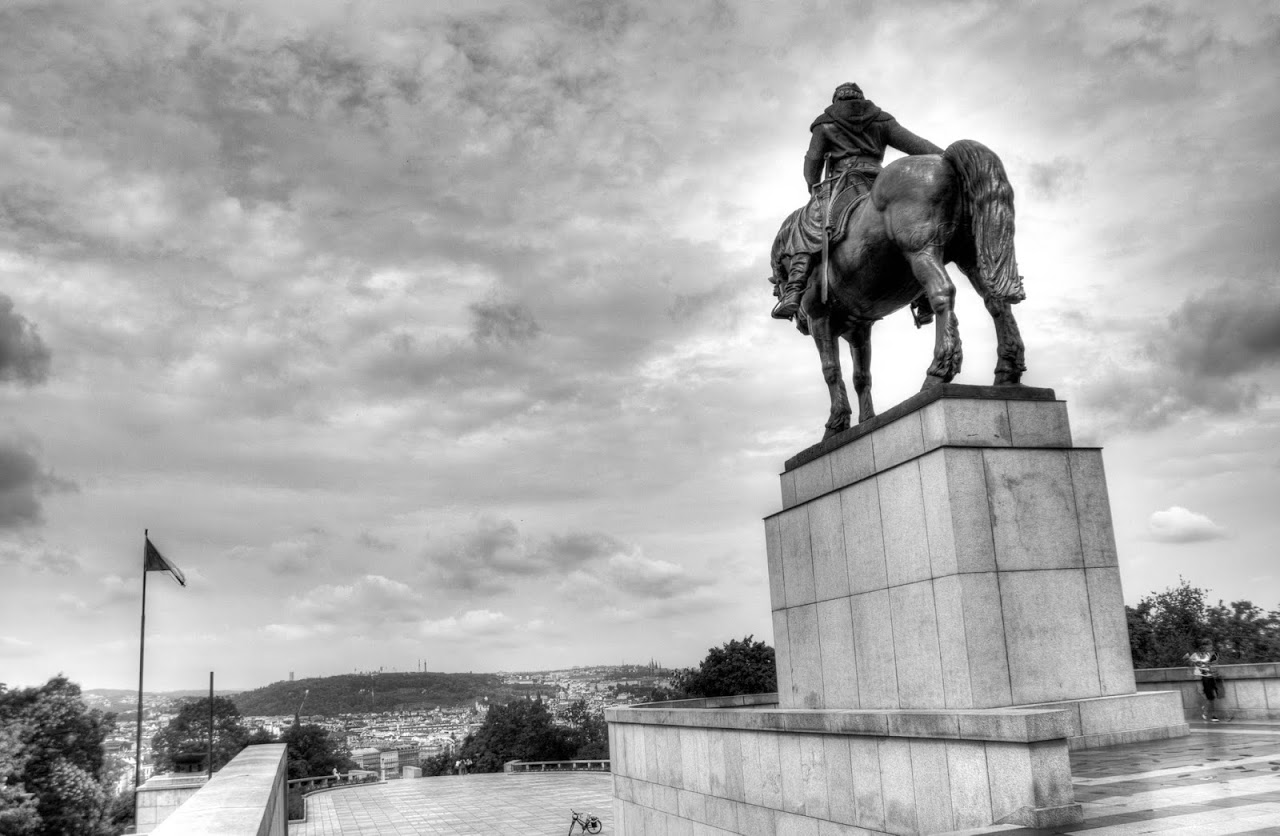
|
|









